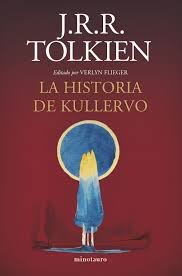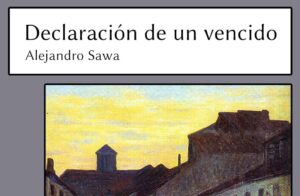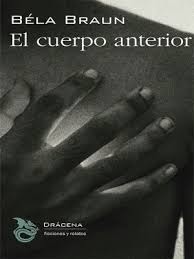
Idioma original: English
Original title: The Story of Kullervo
Translation: Martin Simonson
Year of publication: 2010 (written in 1914-15)
Valuation: Recommended for those interested (but very interested)
Although the title of the entry indicates otherwise, this book that we have in our hands is not exactly La historia de Kullervo Nor is its author JRR Tolkien. Or, rather, it is not just that story, the work of the famous English author, but rather a study, an essay by Verlyn Flieger on that text, which includes it in its entirety and then analyzes it in great detail from different points of view. Something like some editions of Cátedra, where the analysis is so broad and exhaustive that it almost pushes the original text aside.
Apparently Tolkien wrote La historia de Kullervo between 1912 and 1916, that is, when he was about twenty years old. By that time Tolkien had become acquainted with the collection of old Finnish tales known as Kalevalacompiled by a certain Elias Lönnrot (by the way, isn’t there a Borges character with that same surname?), a text that impressed him to the point of trying to learn the language in order to read it in the original. It doesn’t seem that he was very successful in that endeavor, but what the young Tolkien did do was reinterpret the epic by turning it into a tale, which is precisely what appears in the title.
From the reader’s point of view, the story is not of special interest. In one of these family tragedies, the father of Kullervo is killed by Untamothe young man’s evil uncle, who subsequently enslaves him and subjects him to various outrages, from which the protagonist emerges victorious thanks to his supernatural powers. After various vicissitudes, including an involuntary incest, conversations with a magic sword and a plan to avenge the father, the tale remains unfinished.
As Tolkien is still a bit of a green writer, the recreation of the myth of Kullervo It is rather an exercise in style, as if to gain experience in the mythical environments that he would later create. The most interesting aspect is perhaps the characterization of the character who, far from the hero expected in an epic, is a grim individual, physically unattractive, violent and incapable of elevated feeling. From what we learn later, this characterization is one of the author’s most significant contributions to the original legends.
The rest of the book, as I say, is a fairly thorough work on this story and its significance within the author’s work. A second version of the same text is included, as well as two lectures by Tolkien on the subject. Kalevala (also very similar to each other), and numerous and very detailed notes on the different characters, their relationship with the original, the variations introduced or the relationships with the quenyaa language that he would invent some time later. There are also a good number of references to later works by the British author, especially El Silmarillion (see link below), which are apparently directly influenced by the reading of Finnish legends and previous work on KullervoWe also know that Tolkien missed a properly English mythology, and so he decided to create it himself from various geographically close sources, until he conceived the spectacular Middle Earth cycle that we all more or less know.
So the story itself is unlikely to be very appealing, even as mere entertainment, and Flieger’s work, despite its high level of detail and its possible value as a study of the work of such a famous author, is unlikely to satisfy the average reader. So if you are not a Tolkien fan, or better yet, a completist, you might be better off choosing another reading.
Source: https://unlibroaldia.blogspot.com/2024/09/jrr-tolkien-la-historia-de-kullervo.html


